There hasn't been a brand relaunch like this since A. Lange & Söhne over 31 years ago. Even then, I couldn't imagine Lange had A-list celebrities, NBA players, and whatever passed for the 1990s version of fashion influencers crowding a venue like the aircraft hangar Urban Jürgensen filled in Los Angeles less than two weeks ago. And then there was Kari Voutilainen, the humble, relatively shy, but incredibly savvy Finnish watchmaker who had somehow become the center of an event that rivaled that of Cartier or Patek, but for what had previously been just a simple and beloved enthusiast-focused high-horology brand with a history stretching back 275 years.
The Urban Jürgensen UJ-2, UJ-1, and UJ-3. Photo by Mark Kauzlarich.
The pomp and circumstance surrounding Urban Jürgensen – you may have seen their massive event shared on Instagram, their collaboration with famous photographer Ellen Von Unwerth, artist James Turrell, or their full-fledged Danish-inspired branding campaign – wasn't by Voutilainen's design. As Co-CEO, his purview is primarily focused on watchmaking and managing the ongoing operation of that watchmaking(for Urban Jürgensen and his personal brand). That included three exceptional watches from the brand, highlighting various moments in its history.
It was perceived as excessive by some. Yet, it was a celebration that I enjoyed for Voutilainen, who, sitting across from me at dinner, admitted he'd never been a part of a product launch quite like this before. Even better that he got to experience that with his wife and daughter (Venla Voutilainen, Chief Operating Officer of Urban Jürgensen) at his side.
Photo by Presley Ann/Getty Images for Urban Jürgensen.
However, we're a publication about watchmaking (and the business of it), so that's what I chose to focus on earlier in the day when I sat down with Voutilainen in a suite at the Regent Hotel in Santa Monica, before the festivities began. The result is a wide-ranging interview, covering everything from his history with Urban Jürgensen, how he intends to balance his work with his own brand, the business side of his new endeavor, and more. This interview has been edited for clarity.
Mark Kauzlarich: You've probably told this story a lot this week, and we've covered the history of Urban Jürgensen's most recent successes in the 1980s, 1990s, and 2000s, but I wanted to go back to that time. This is a full-circle moment for you, so tell me, how did you start working with Urban Jürgensen back in those days?
Peter Baumberger. Photo courtesy Urban Jürgensen.
Kari Voutilainen, Co-CEO of Urban Jürgensen: In 1996, there was an exhibition at the MIH [Musée International d'Horlogerie] in La Chaux-de-Fonds sponsored by Girard-Perregaux, and the theme was tourbillons. They had all these vintage watches and some new Girard-Perregaux tourbillons. I had just finished my first pocket watch, which was a tourbillon, so I asked if I could exhibit it as well. At the time, Peter Baumberger went to the exhibition, saw the watch, and called my home. I wasn't there, but my wife answered.
Peter was a very good speaker – a very charming gentleman. So he talked for quite a long time with my wife and eventually asked if he could buy that pocket watch. My wife said, "You can try, but I don't think he will sell." And at the end of the day, I didn't sell the watch. Instead, I started working for him. I did a bit of everything. And in 2002, when I started as an independent, I wanted to stay fully independent and not take on investment, so he became my biggest customer, supporting me.
M.K. During this time, Peter Baumberger was in the midst of reviving Urban Jürgensen, so some of the projects you were working on for him were for Urban Jürgensen. The other part of the equation was Derek Pratt. Did you work with him, or how did it come to be that you worked on the famous Urban Jürgensen/Derek Pratt Oval?
"The Oval." Photo courtesy Urban Jürgensen.
Derek Pratt in his workshop. Photo courtesy Urban Jürgensen.
K.V. Our relationship was more distant. I visited him occasionally – rarely – but I didn't work with him. He always liked to work alone. The "Oval" was something that he started in the 80s, but it was rough. He had made a pass at it, but the watch didn't work because it wasn't finished, neither technically nor aesthetically. It was in a silver case with plastic crystals. I still have pictures of the movement from when I was approached in 2004.
Peter first asked Derek if he would mind if I finished the watch, then Peter asked me. Derek was already sick at that time; he had cancer, and he was getting very weak, and I think he knew that he couldn't finish it anymore. Then it was up to me to finish the project and make it work.
M.K. You brought that project back in the form of a wristwatch—a serially produced tourbillon wristwatch with a remontoir d'egalité on the tourbillon carriage. That's a massive achievement out of the gate. Was that the obvious first place to start? Did you say, 'We must make a full collection' from the start?
The UJ-1 Tourbillon. Photo by Mark Kauzlarich.
K.V. The aim was to create a collection, and I decided we must do something big for the launch edition, the first UJ-1 "Anniversary Model." I spent a long time thinking, knowing that the watch would have to be special. So, what to do—something complicated or simple?
If we did something complicated, we wouldn't see the mechanism of a chronograph and a repeater; we'd only see one part. Then there's the development. The first thing we did was to hire one person to begin the prototyping. He initially worked in my workshop because he was surrounded by other watchmakers who were experienced in addressing any issues he might have, allowing him to work much faster.
I was thinking that perhaps "The Oval" could be a good option because if you do a tourbillon, well, it's just a tourbillon. But the Oval, that's special. Of course, we faced the problem of the pocket watch being key-wound and key-set, and we had to have it crown-wound and crown-set. It was a challenge, but after long reflection, I decided it would be the best idea.
The UJ-1 Tourbillon. Photo by Mark Kauzlarich.
M.K. How long do you think you spent conceptualizing the UJ-1 before you felt confident that you could make it?
K.V. I would say two or three months. There are two flying barrels, which were an unknown – we had to work on the concept there and figure out how to fix their pivoting. Next, I thought about the thickness and how to solve that issue. Then there was the remontoir on the tourbillon cage [laughs]. At that point, I said, "Okay. We can overcome that issue. But if we really can't do the remontoir, we can skip it and make just a tourbillon." Once we were pretty happy about the barrel, there was another challenge. The winding mechanism worked in reverse and was winding up because all the gears are located on the dial side. Then there was the setting mechanism, with layers on top of each other. Once all those things were sorted out, I finally said, "Okay, let's move forward."
Japanese-born, Swiss-based watchmaker Yosuke Sekiguchi drew inspiration from Jules Jürgensen (left) for his "Primevère." You can learn more in this story from 2023.
M.K. I wanted to ask about the UJ-2. When I first saw it, I immediately recognized the shape of the movement as similar to a Jules Jurgensen movement that inspired a watch made by Yosuke Sekiguchi called the "Primevère." But underneath, you've improved the balance. What else is different? Is the gear train similar to those old Jules Jürgensen movements, or are they just the bridges that echo this antique caliber?
K.V. No, it's a modern construction with a modern gear train and the natural escapement that gives a direct impulse. I just thought that, intellectually, it was a nice idea because Urban Jürgensen studied with Breguet, his father was friends with Breguet, so to have a natural escapement that Breguet pursued for his lifetime felt like a nice connection. Another benefit is that we [at the Kari Voutilainen workshop] have been doing this since 2008. We have a lot of experience with the direct impulse natural escapement, know how it works, and know it needs less service. The principle with the escapement is the same, but how it's set up in the watch is different. Two escape wheels still give direct impulse to the balance with a lever in the middle. One difference is that this caliber is thinner than those I've done in my watches.
Urban Jürgensen UJ-2. Photo by Mark Kauzlarich.
M.K. That's a great segue. I think if you look at the watches you made under your own name, you can see that era working for Peter at Urban Jürgensen sort of influenced your personal aesthetic and taste. You've got some of this teardrop lug, the guilloché dial. They're in a similar aesthetic family, I would say.
K.V. It's the style I like. I like these sorts of things that are finely decorated, from the case to the dial and movement. But then it was hard for me to create these new models.
Kari Voutilainen's GPHG-Winning KV20i. Photo by Mark Kauzlarich.
M.K. That's what I was leading to. Suddenly, you put yourself in a position where you may potentially compete against yourself, not just with movements or price, but aesthetically as well. As a collector, I'd want to see your "brush strokes" on the brand, so to speak – I'd never imagine Urban Jürgensen as something avant-garde like MB&F – but how do you not copy yourself?
K.V. That was the big concern. Of course, when I do something, I'm bringing my identity. But, first of all, the movement is quite different from anything we see on the market right now, which I think is a good thing.
As for the overall aesthetic, Peter [Baumberger] did change the designs over his time with Urban Jürgensen. If you look closely, you'll see that the case shape changed in the references one, two, three, and the following references. The lugs are very narrow, sort of high, sitting above the top of the bezel. Later on, he changed the shape of the lugs yet again. Because of that, I thought it gave me room to try to change the design while keeping the DNA. If there were ever a time, now would be the opportunity. That way, we are not victims of one design.
An Urban Jurgensen ref. 2 in platinum. You can see the lugs are narrower and sit partially above the bezel. Image: courtesy of @Bazamu
I prefer classical watchmaking—elegant watches that are timeless. So with that in mind, I'm already inside a framework. We can't do Max [Büsser's] watches, that's for sure. But we don't want to be too classical either. We already have a quite classical layout, but for the movement on the UJ-2 and UJ-3, it's not so classical. It already has a little bit of a twist.
Jacques-Frédéric Houriet, pink gold high-precision one-minute tourbillon openface pocket watch with spring detent chronometer escapement, free-sprung spherical balance spring, stop feature, regulator dial, and Réaumur thermometer. The watch was sold at Christie's in 2021 for CHF 43,750. Photo courtesy Christie's.
But the thing is, when Urban Jürgensen made watches, he often made watches with his own twist. His watches were designed starting with the movement, so he had watches with small seconds at 2 o'clock and 10 o'clock. I have a feeling that he was influenced a lot by Breguet. There are some similarities. I also have a feeling he was using some movements from [Jacques Frédéric] Houriet—there are movements with some similarities, and Urban married Houriet's daughter.
As for the overall design, it's very easy to get to a place where you do something and repeat it so much it becomes iconic, but often that means you can't change it anymore. Of course, someday we could imagine doing something like a vintage series, but today, we'll go ahead with this.
M.K. On the topic of UJ-3, when I first heard the watch had a moonphase accurate to 14,000 years, I immediately thought "that sounds like something Andreas Strehler would make." It turns out, he's responsible for making the perpetual calendar and integrating it into the UJ-2 architecture. If you're new to watches, you might not know Strehler, but he makes a lot of movements and parts for different brands to finish. Why did you decide to work with him?
K.V. We started the brand during the pandemic, and at the time, production and delivery times were completely crazy. So I had a conversation with Andreas and asked if he would like to do the calendar work—that's something he's known for. He has all the fabrication capabilities and could make it all quickly for us, so we were happy. Meanwhile, he was happy to have guaranteed work that paid quickly; he'd make an invoice and we'd pay immediately, not after 90 days like most people. But the other benefit is that he's very open to ideas. Not many people in the industry are so open to doing exactly what is asked in that way.
M.K. Okay, let's talk about the practicalities of the business and production. I saw recently that you had posted a few job opportunities for your own brand (Kari Voutilainen). How many people do you have on the team at Urban Jürgensen? Is it challenging at all to fill those roles?
K.V.: We have 20 people now at Urban. It is difficult to find the right people. I don't know how it was here in the United States, but in Europe, the pandemic changed people's mindsets. Young people don't want to work anymore – at least not one hundred percent of the time. They want to work at around 80%, then have one year off and go somewhere, or work for two years and change to something else. The mindset has changed. And the education system has changed in Switzerland. The level of education – well, it's not getting higher.
M.K. One of the big questions collectors have asked me in the lead-up to the launch is about production levels. Total production numbers set the tone for what kind of business you hope to build. How many watches do you plan to make?
The Urban Jürgensen UJ-2. Photo by Mark Kauzlarich.
K.V. We need more watchmakers, so everything's related to that restriction. We don't want to subcontract that work because then we no longer have control or mastery over the quality. This year, we'll make perhaps between 50 and 70 watches. We plan to deliver all the UJ-1 in one and a half to two years. I assume that next year we'll double production. However, it depends on training the watchmakers, specifically on the natural escapement. That escapement is not taught in school, so most watchmakers don't know how to set it up. In fact, if someone today wants to create a watch with a Swiss lever escapement, they would order the entire escapement, including the balance wheel, and install it. This is entirely different.
In the next few years, we'll produce a few hundred watches yearly. It's impossible to say right now. Of course, we can dream and say, "Okay, we'll make 500 in six years from now, and then in 10 years we'll make thousand." One aspect is that we are committed to maintaining quality, so we can't increase beyond what allows that. I'm also conscious of maintaining a good balance in the company culture, which can be challenging if we grow too quickly.
M.K. The final question that matters a lot to collectors is your personal bandwidth—something a lot of collectors have already worried about with all your different roles at different companies. Then, there's all of your collaborative efforts. How do you plan to balance yet another leadership position as CEO? How do you continue to grow Urban Jürgensen and your own brand without cannibalizing one good idea from one brand for the sake of the other?
K.V. That's not really difficult for me. I have enough ideas for my own watches for the next 20 years. With Urban, there are numerous examples that I have in pictures of things he's done in the past, which means there are many ideas we can try that utilize the DNA of Urban Jürgensen. I'm not worried about that.
The Louis Vuitton x Kari Voutilainen LVKV-02 GMR 6. Photo by Mark Kauzlarich.
More importantly, I'm organizing my schedule so I have more intellectual "free time" and can do more creative work. I'm not doing operational work in my workshop. I have a colleague who has been our managing director for four years, so she's running the company. Then, at Urban, I work with my daughter [Venla Voutilainen, Chief Operating Officer]. Working with family is easy, and I get along very well with my daughter.
Physically, I go twice per week to the [Urban Jürgensen] workshop in Bienne, but otherwise I'm in contact with her every day. I don't have time to tackle all the little details, so I've learned to delegate. I trust that when practical things come up, she can handle them, but we solve problems by phone or email if people have questions. Then, when it comes to creative work, I'm much more involved with that. I also find it easier to be the one to follow up with suppliers or constructors because I have those relationships. So that's what I've been doing and plan to keep doing.
For more on Urban Jürgensen, visit their website. For more on Voutilainen, visit their website.



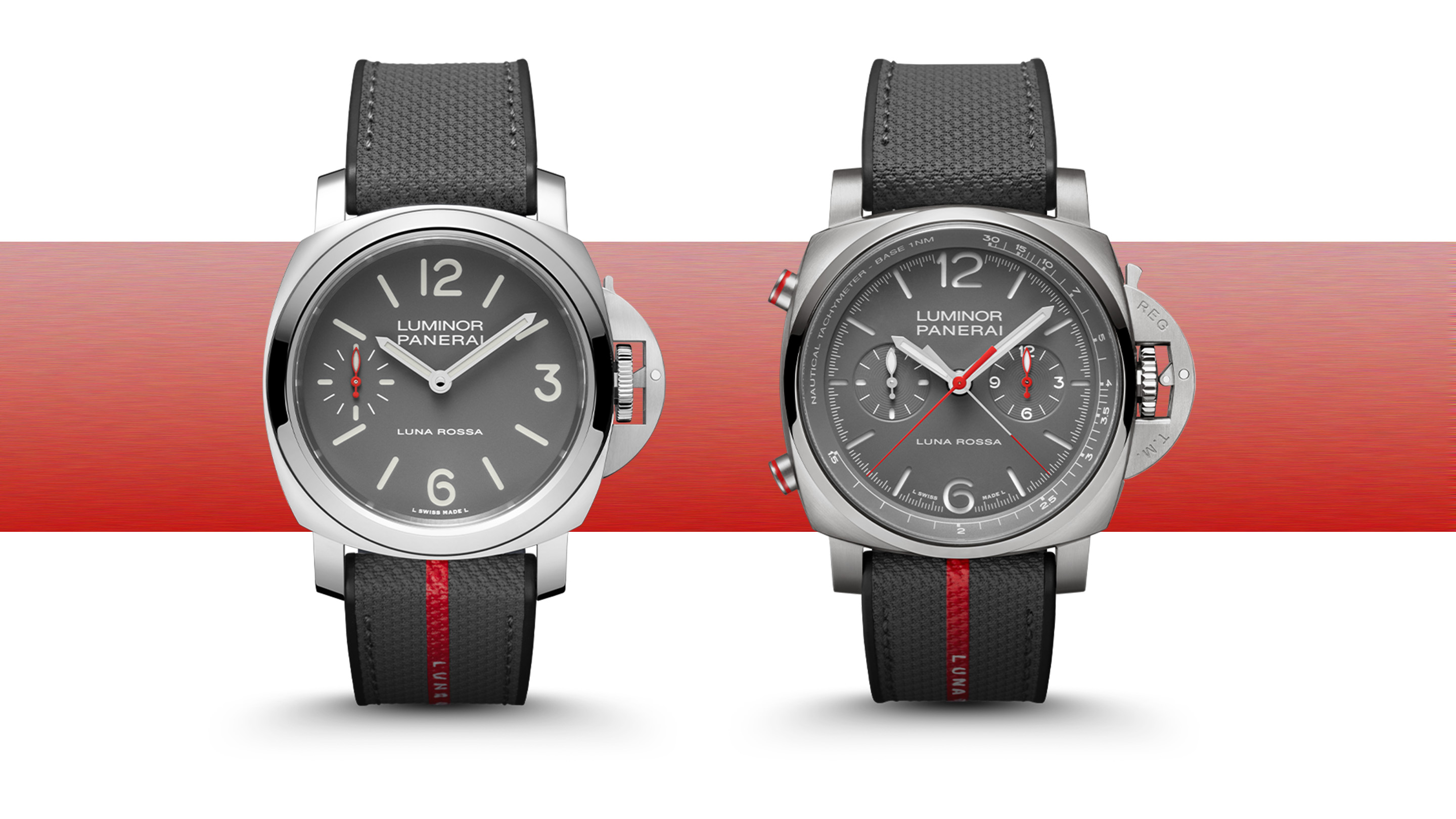


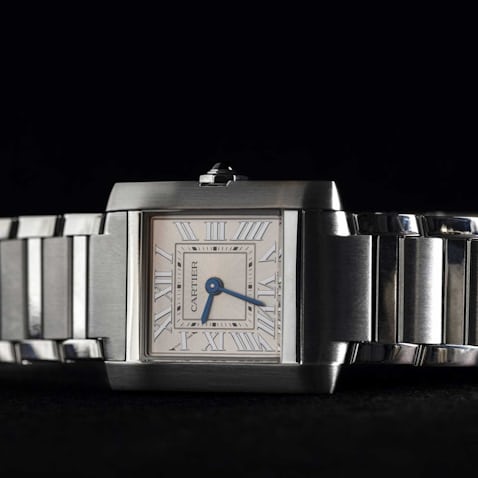

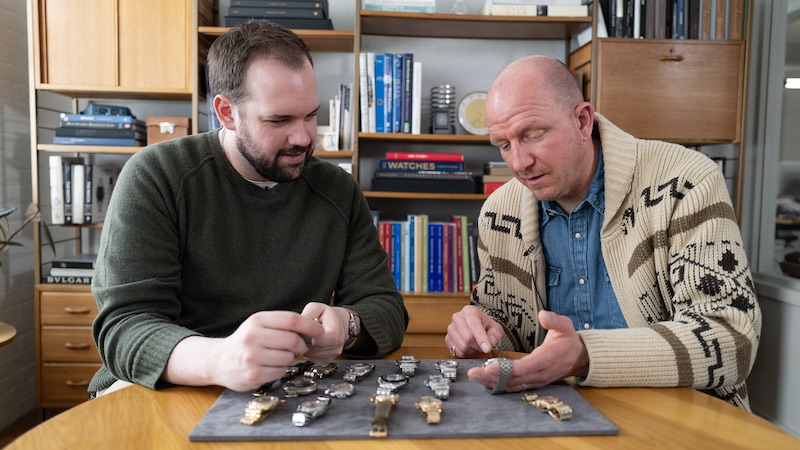




















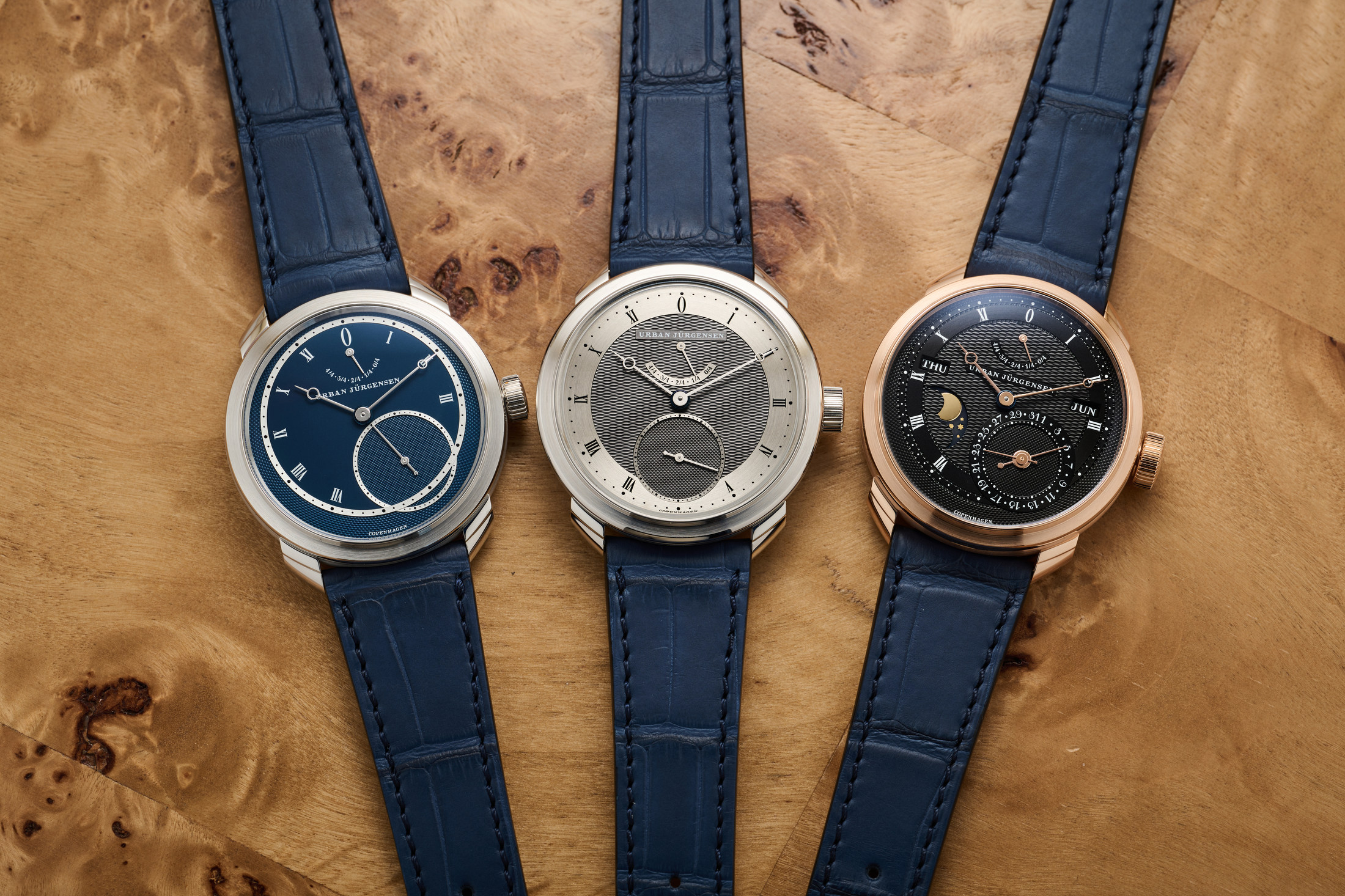
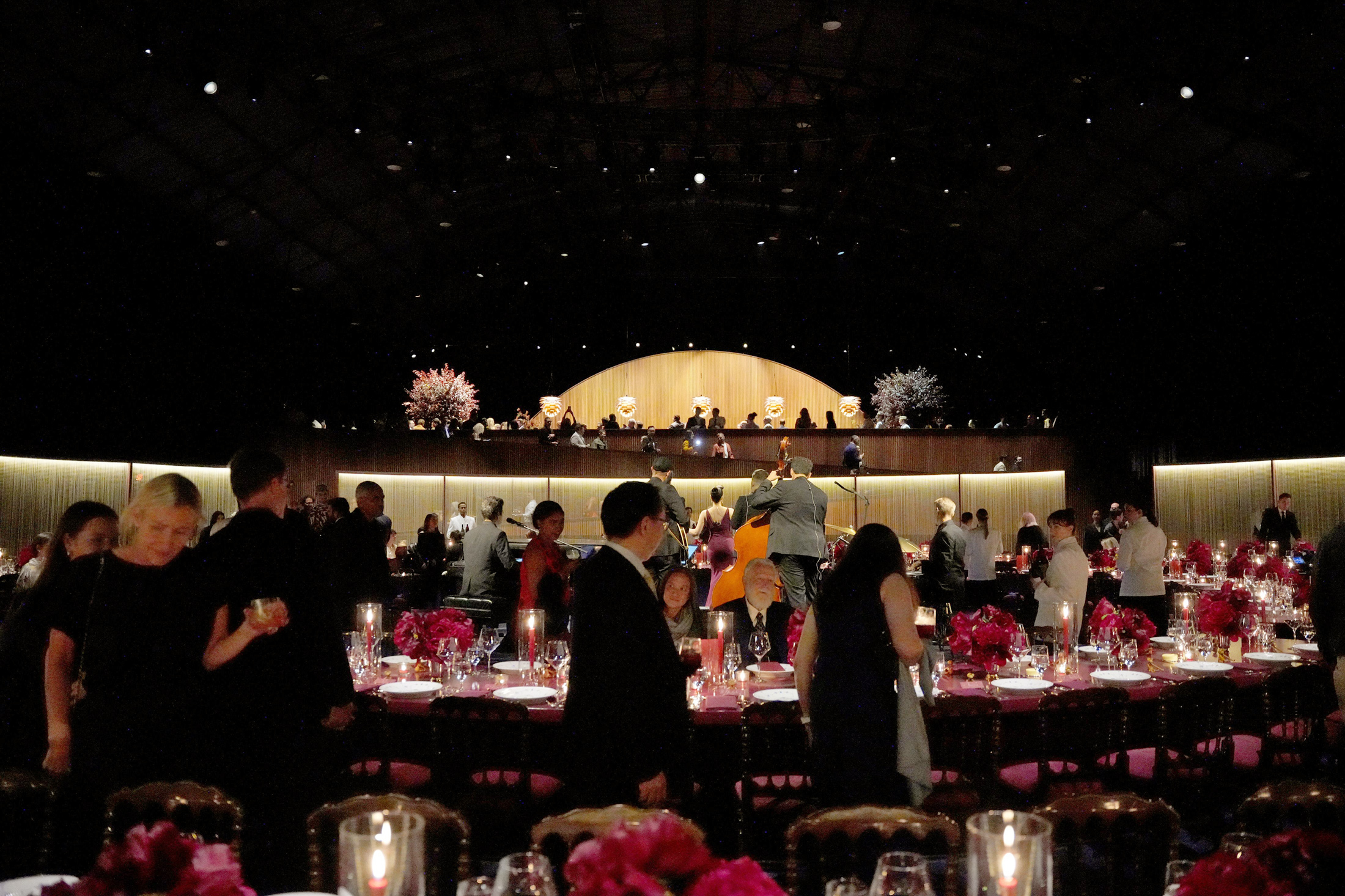
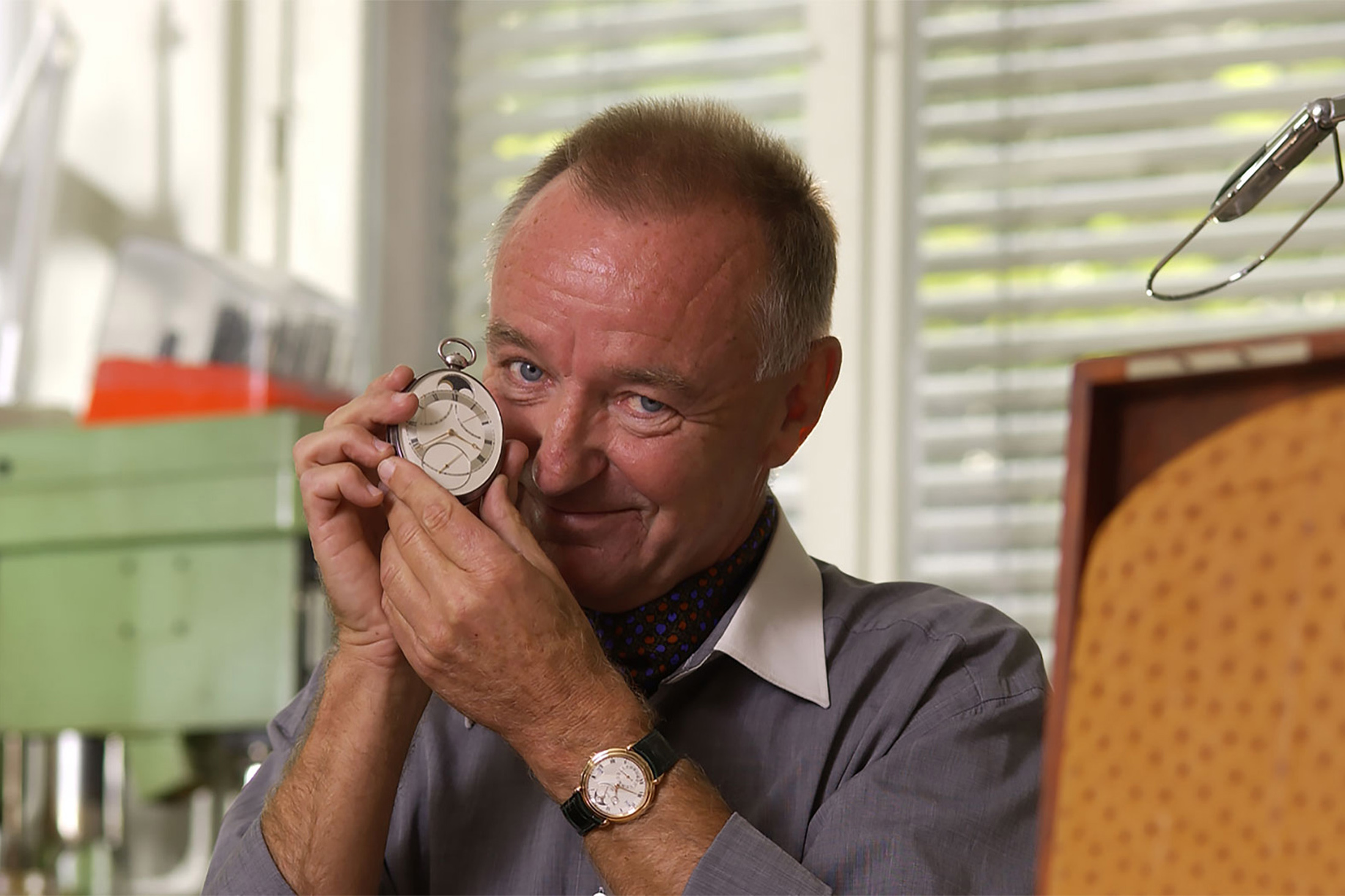
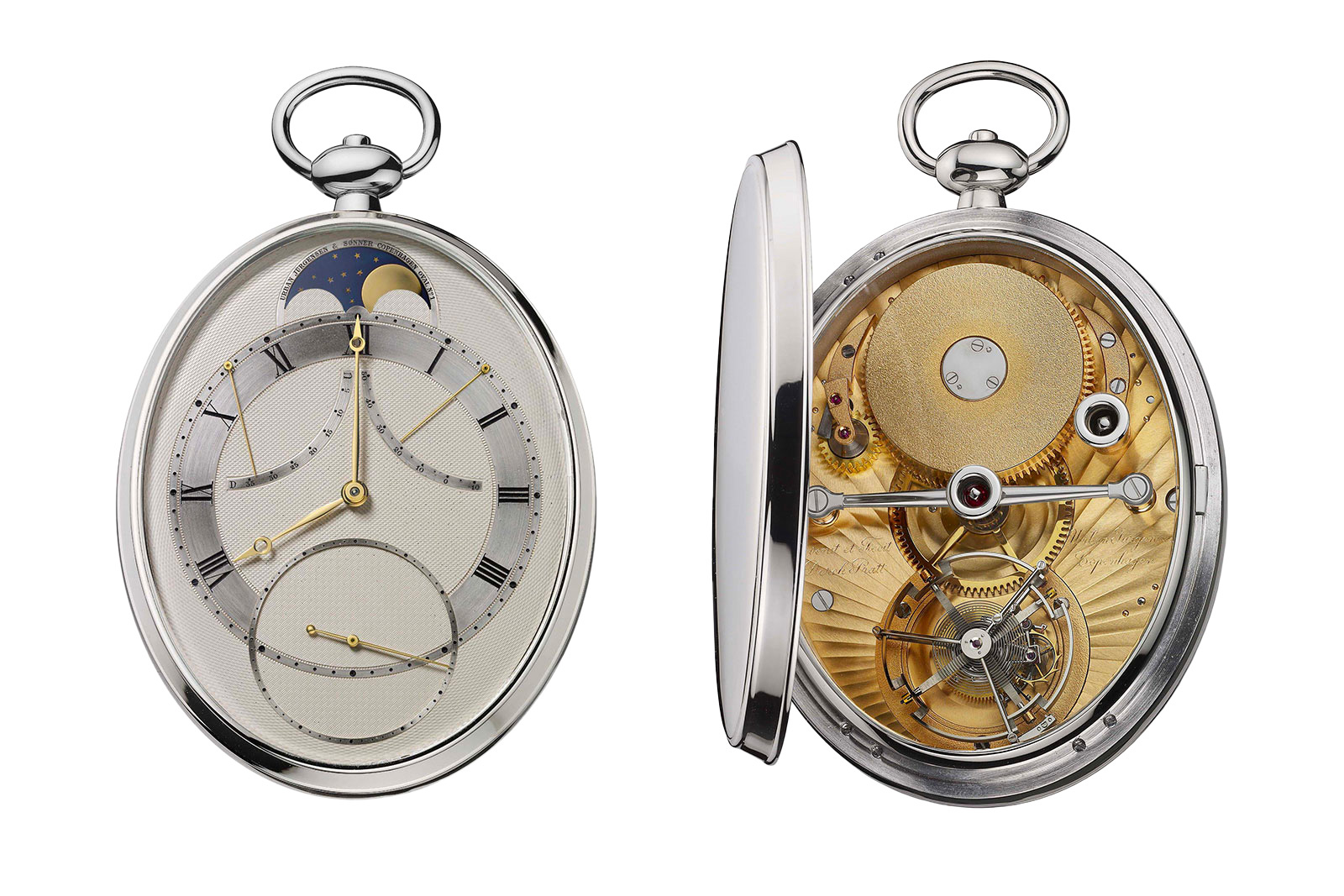
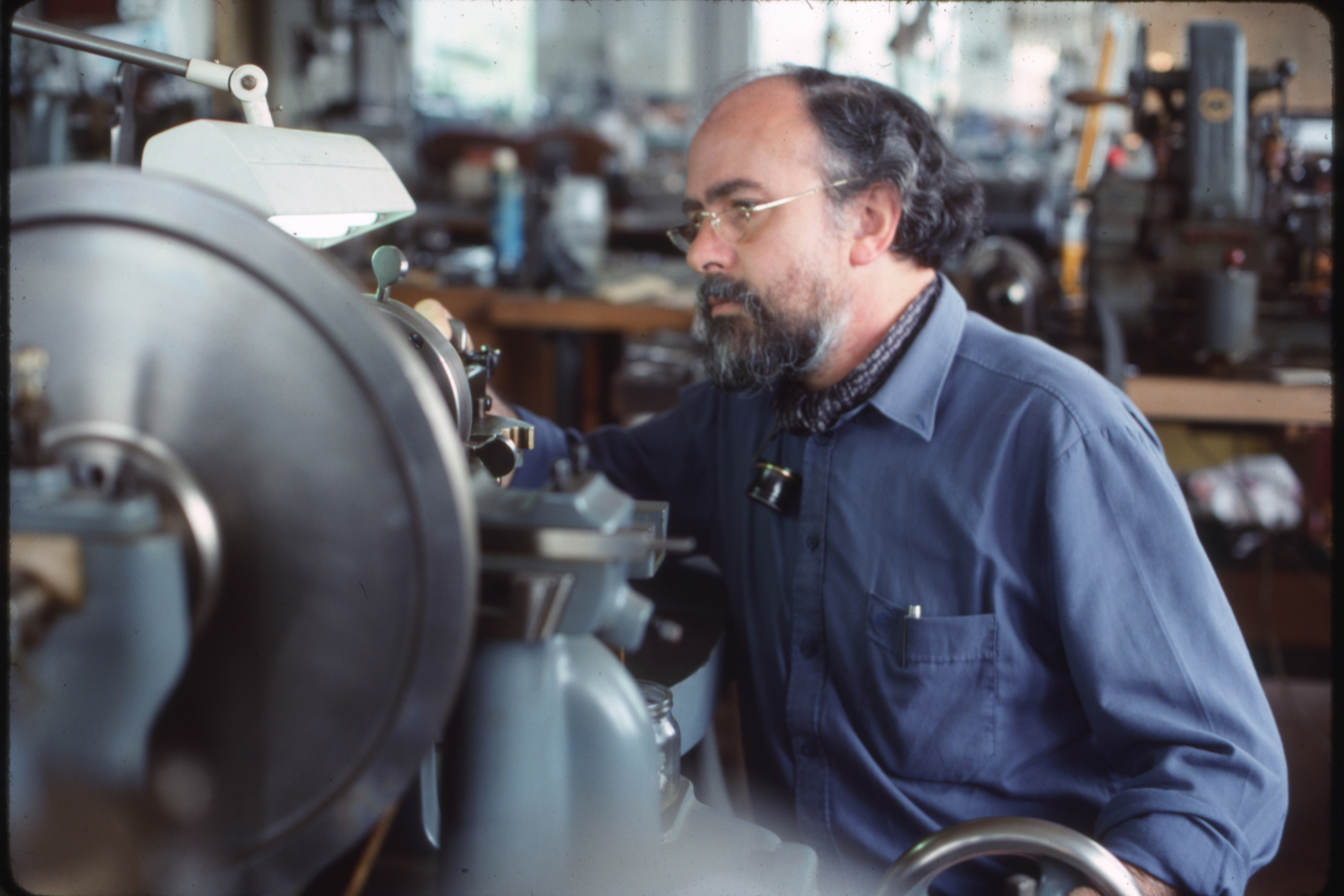
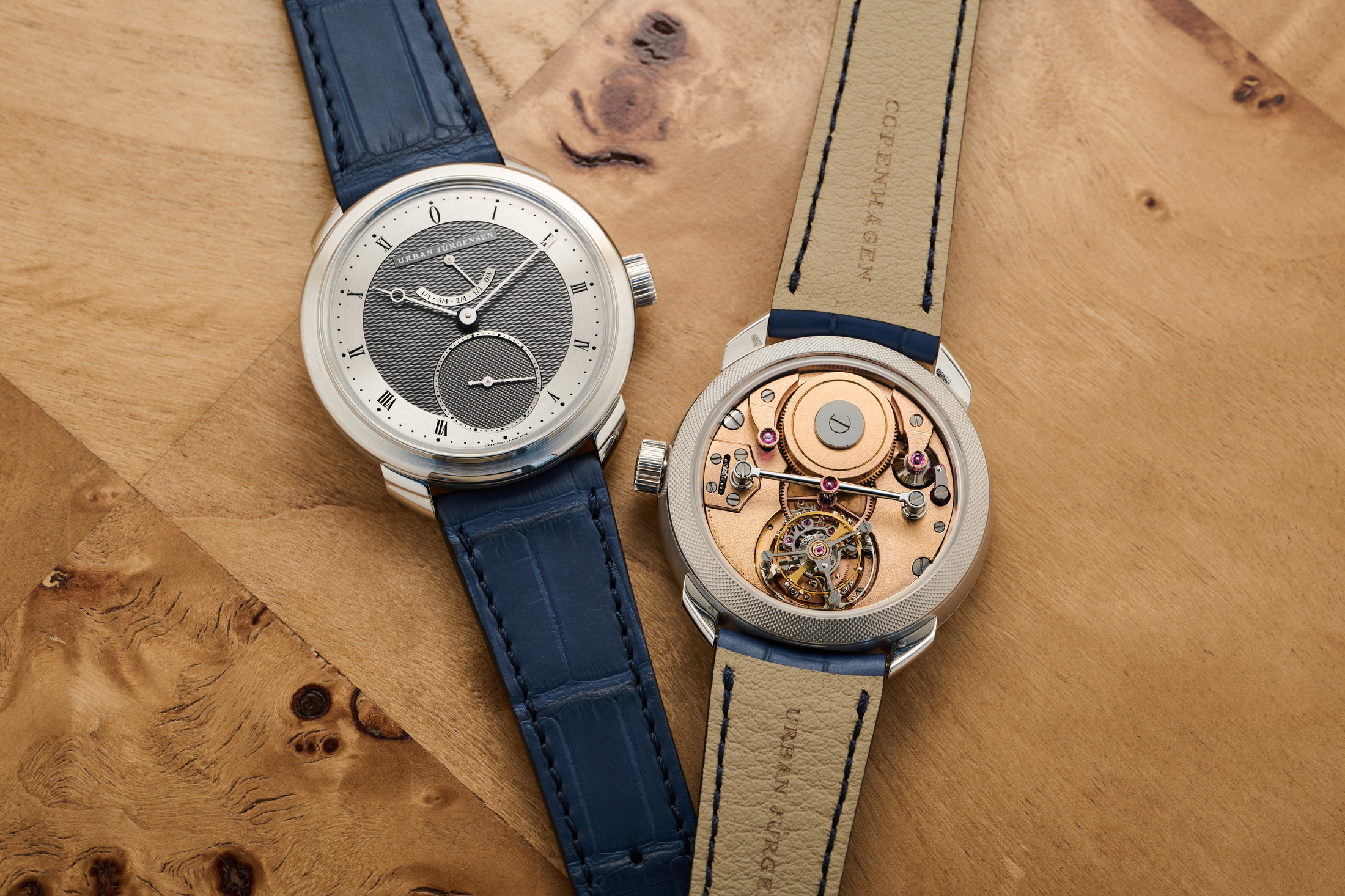
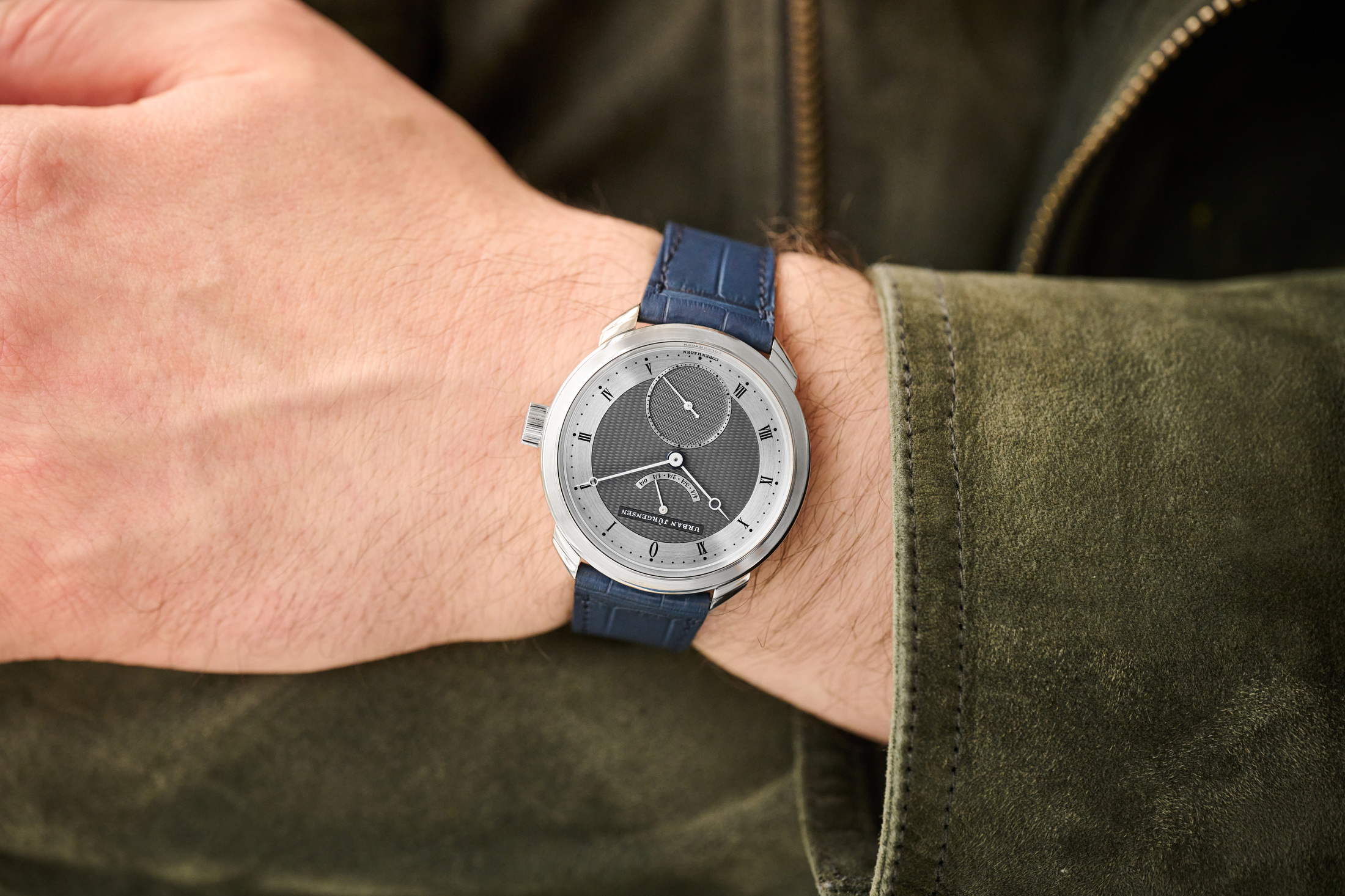

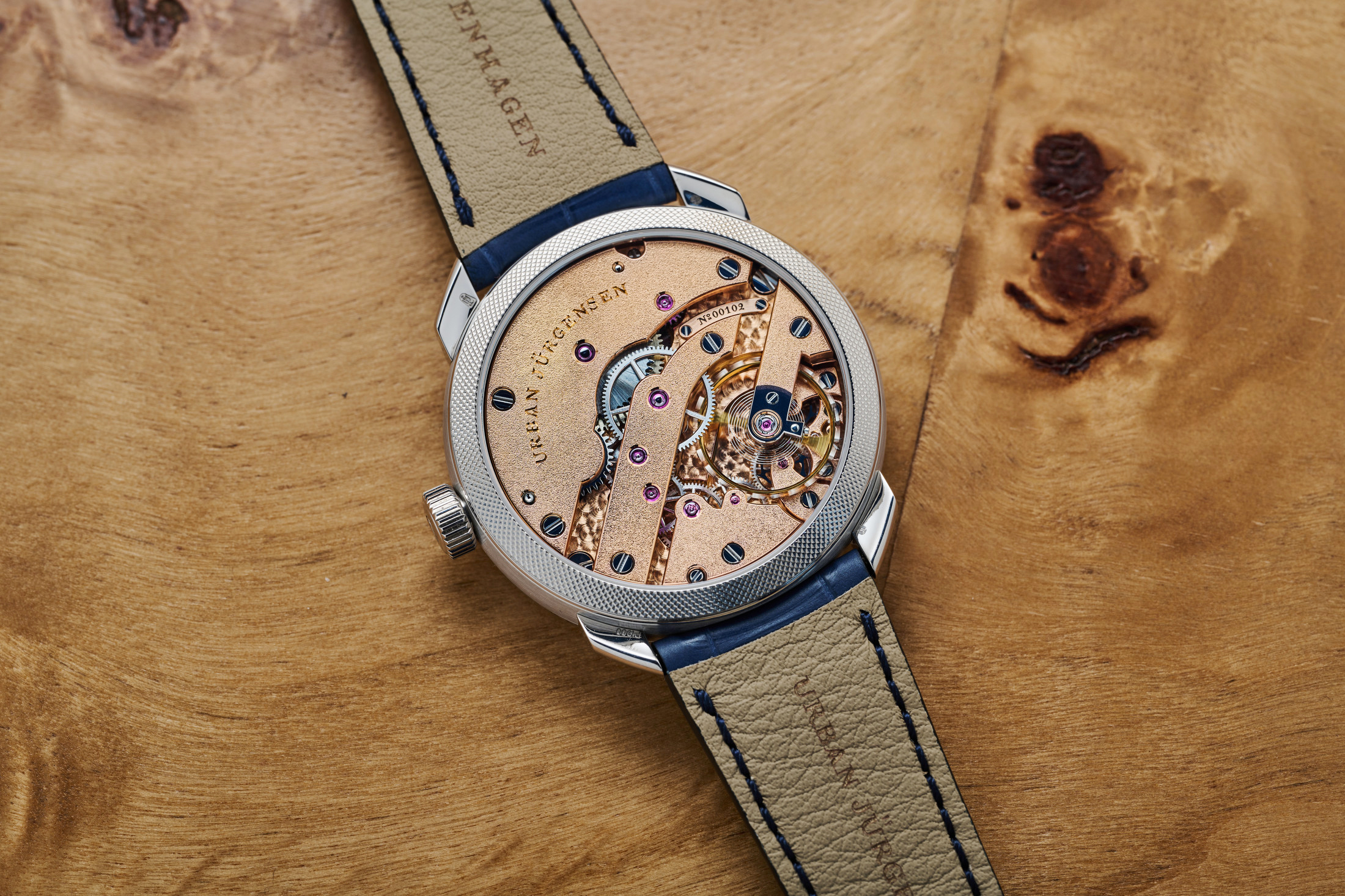

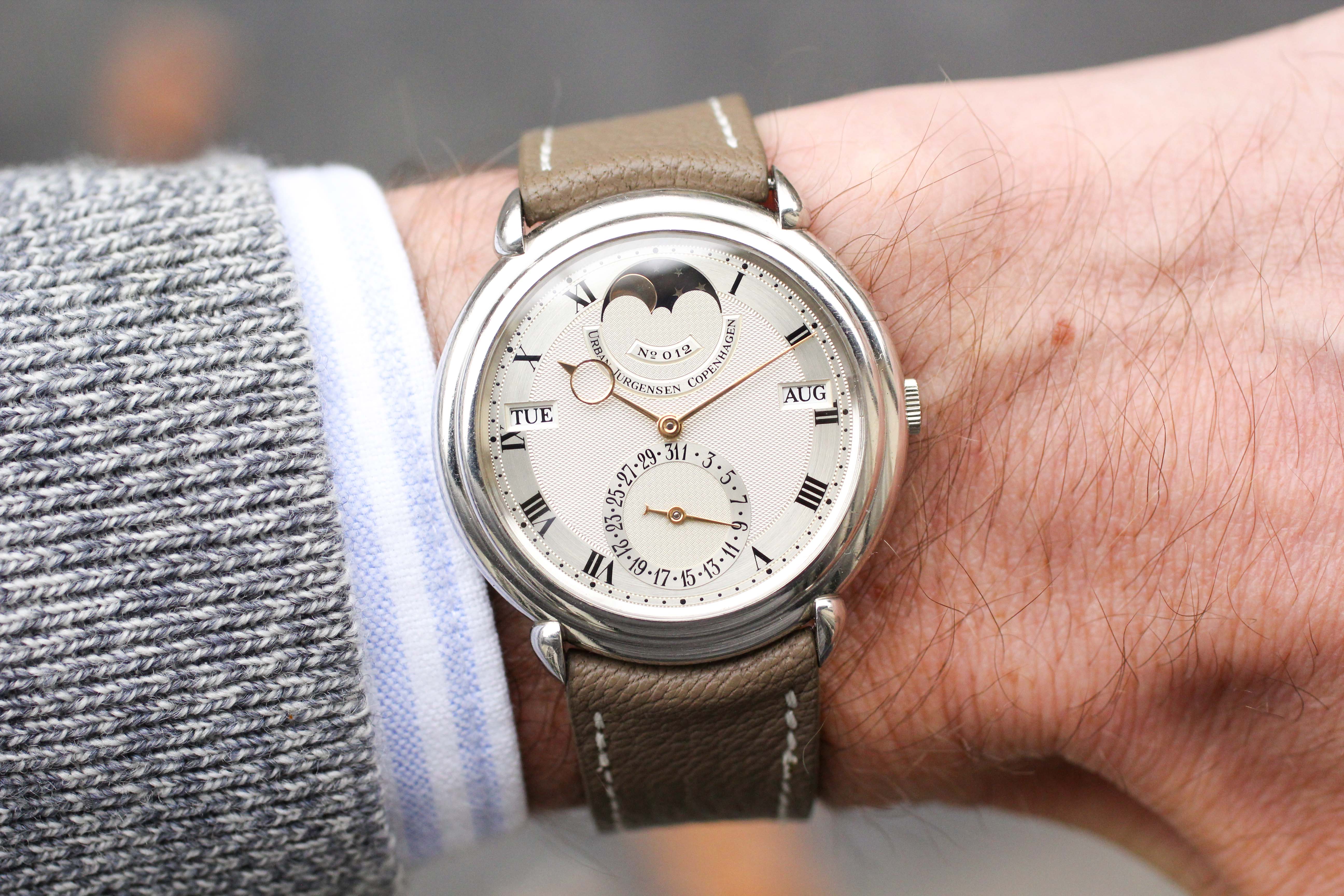
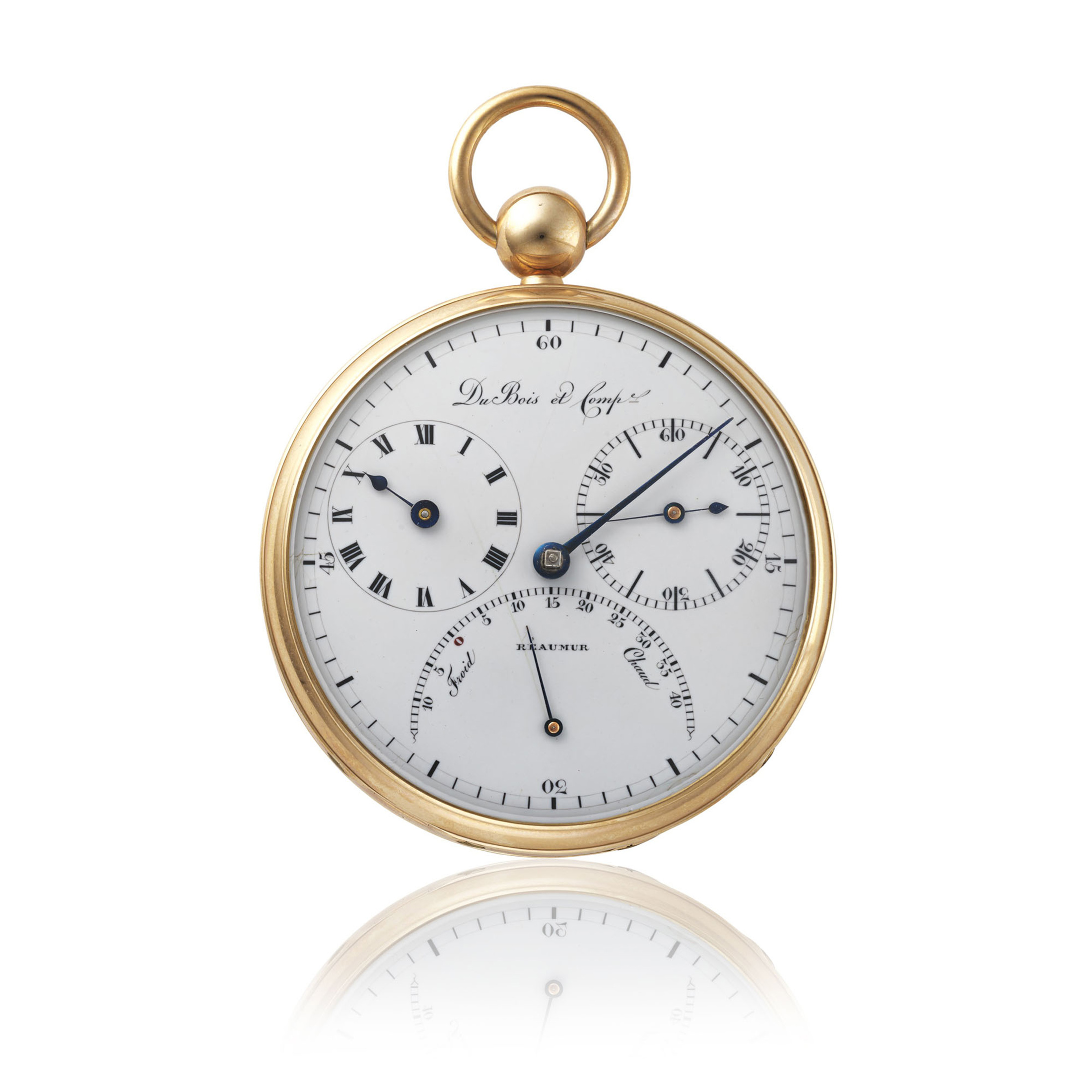
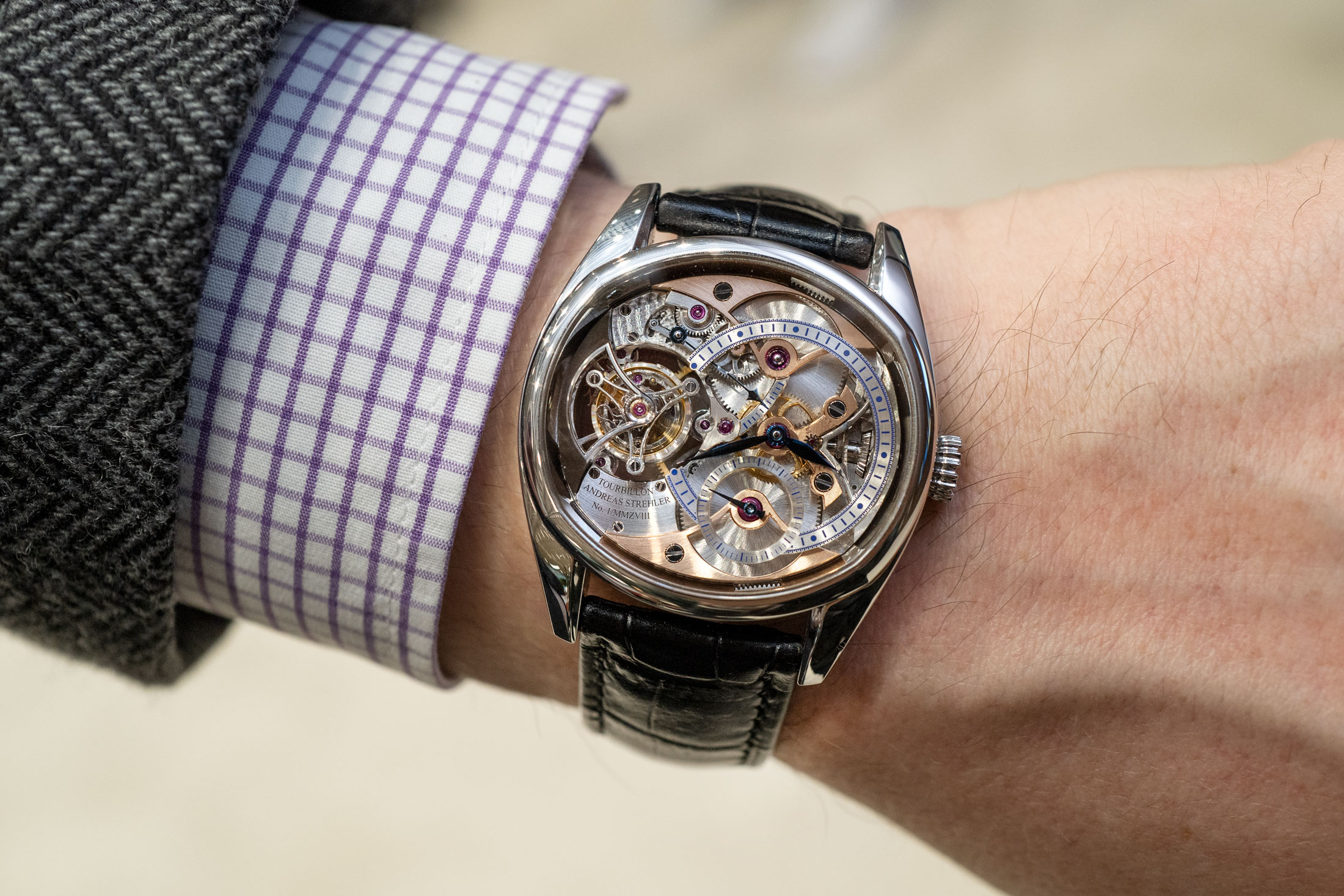
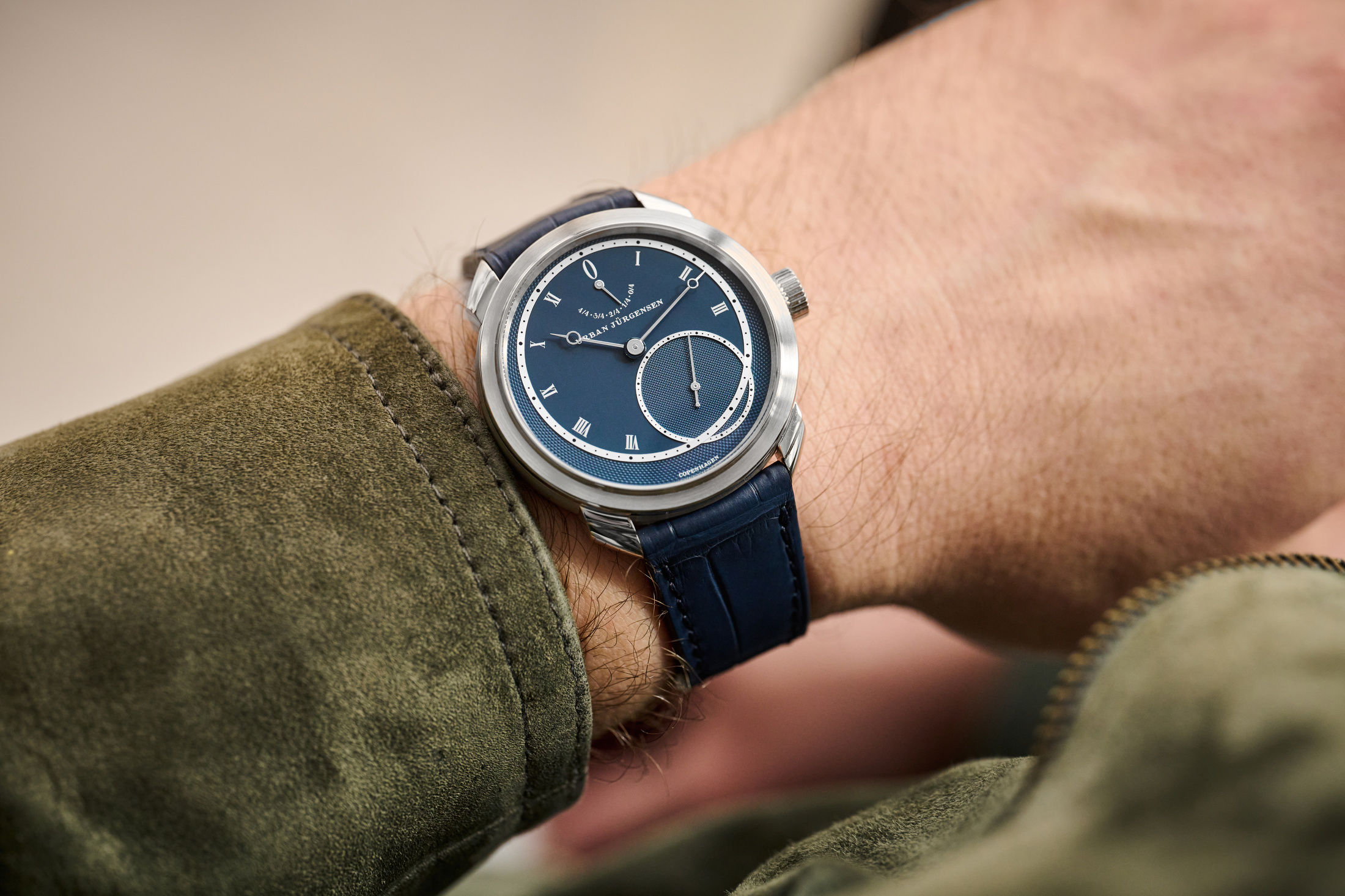
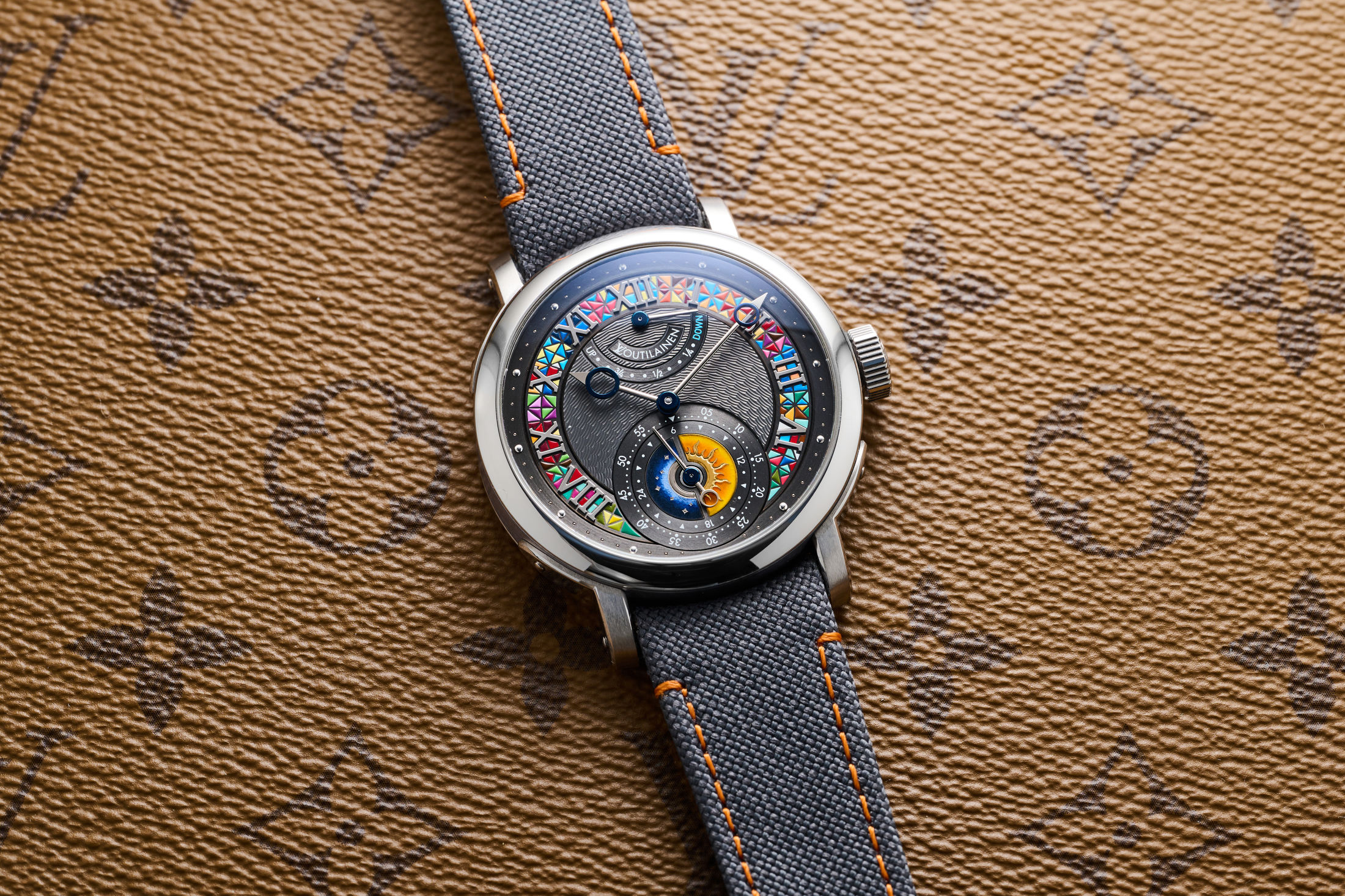
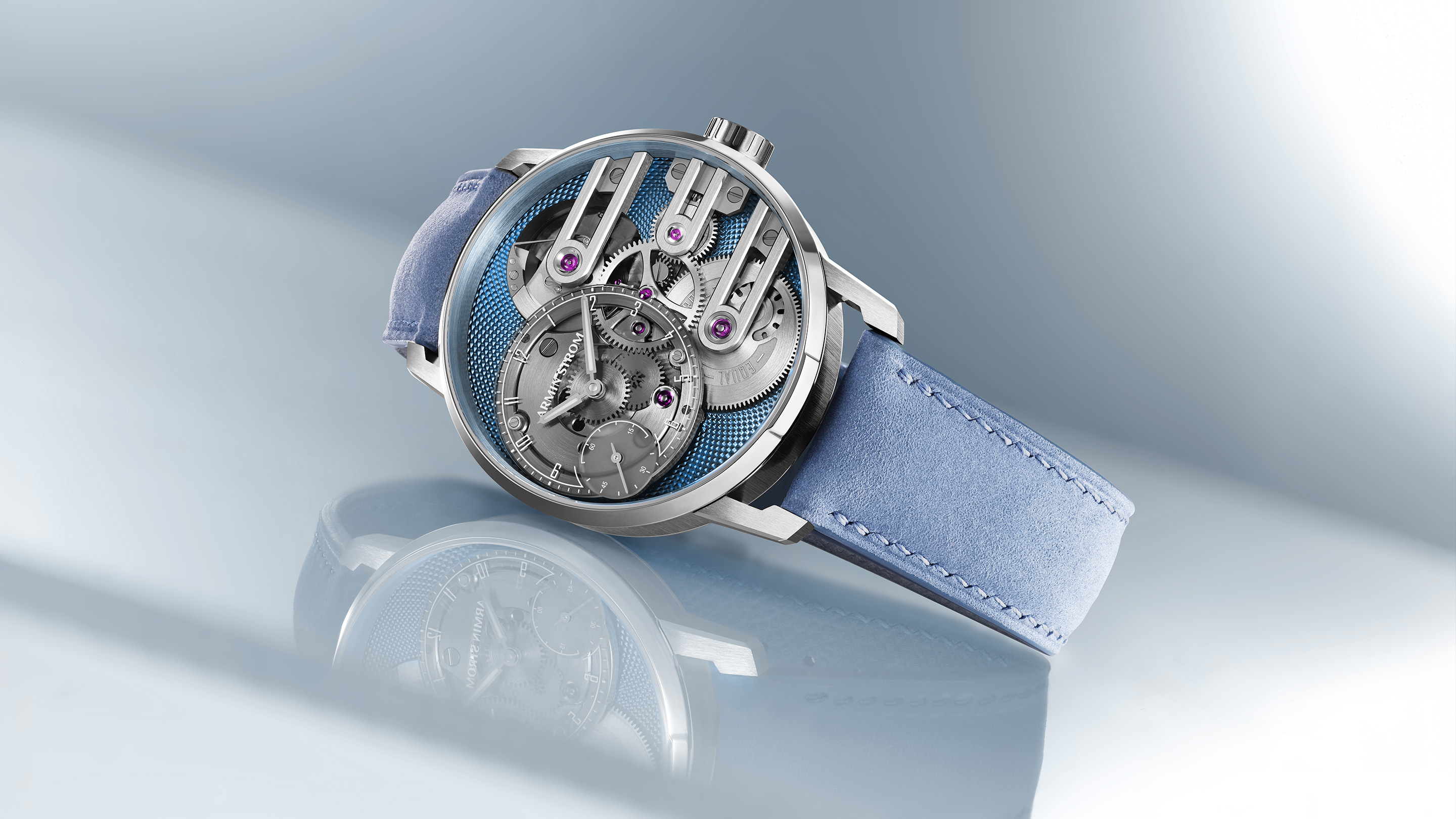
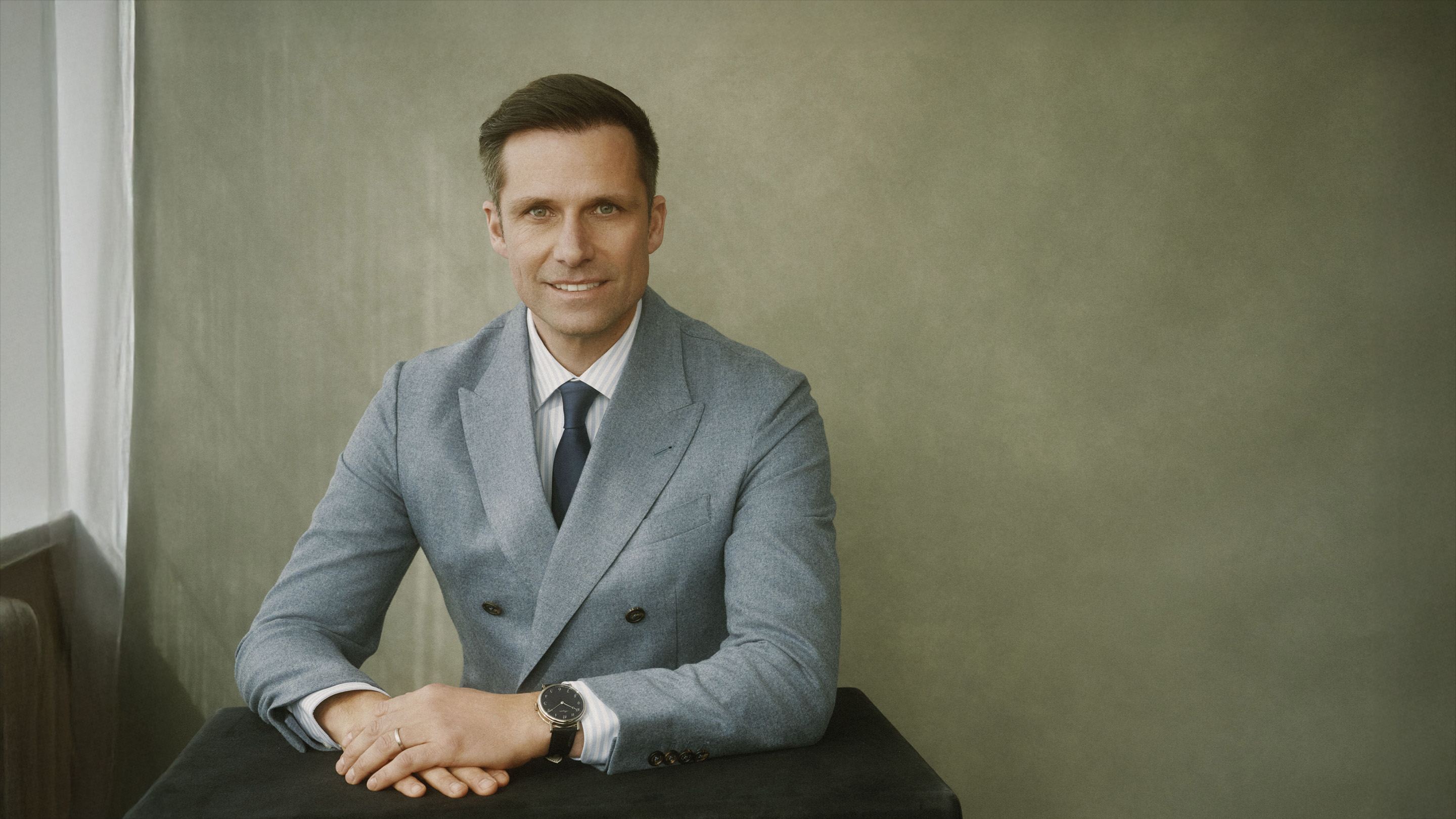
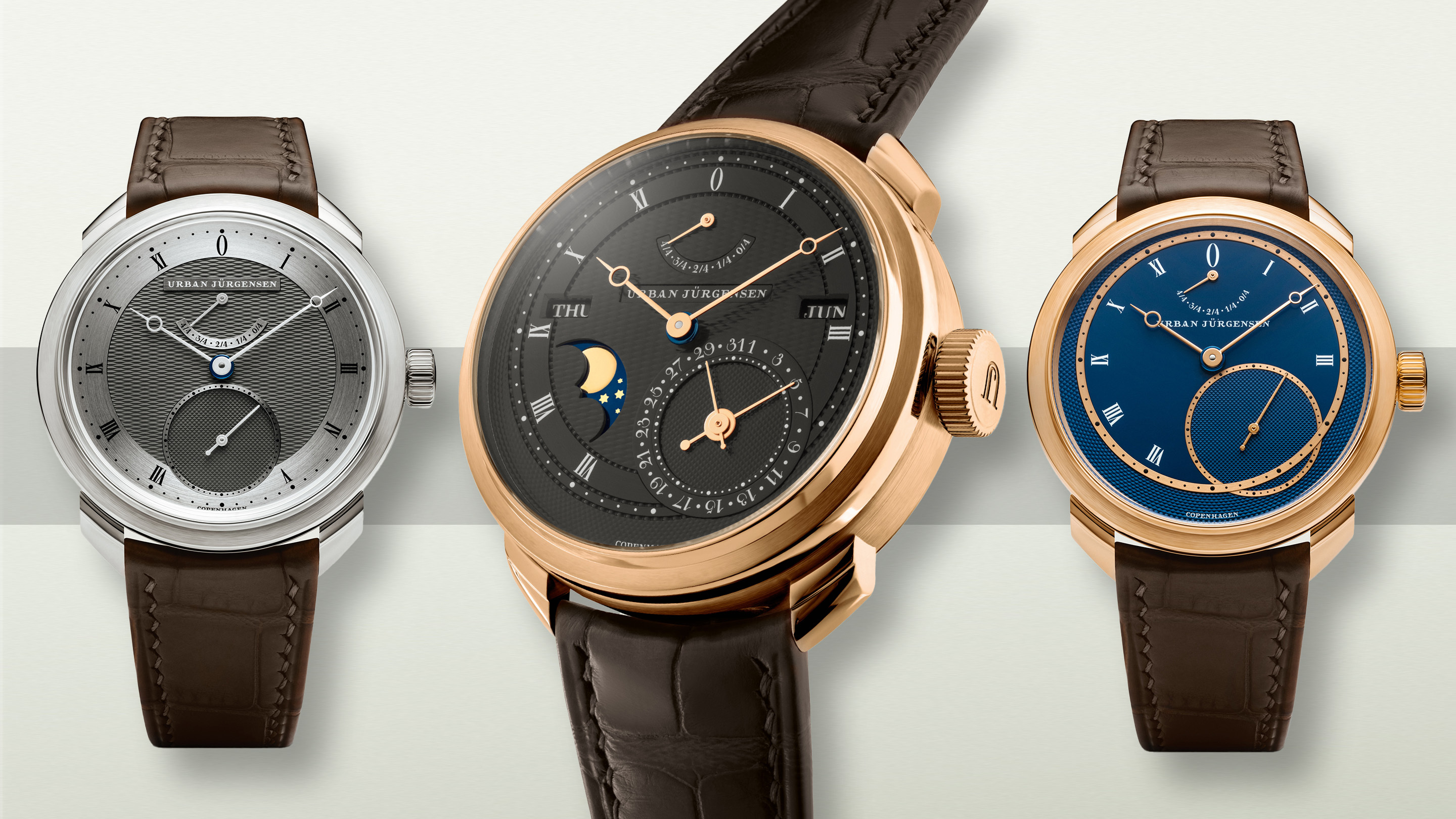
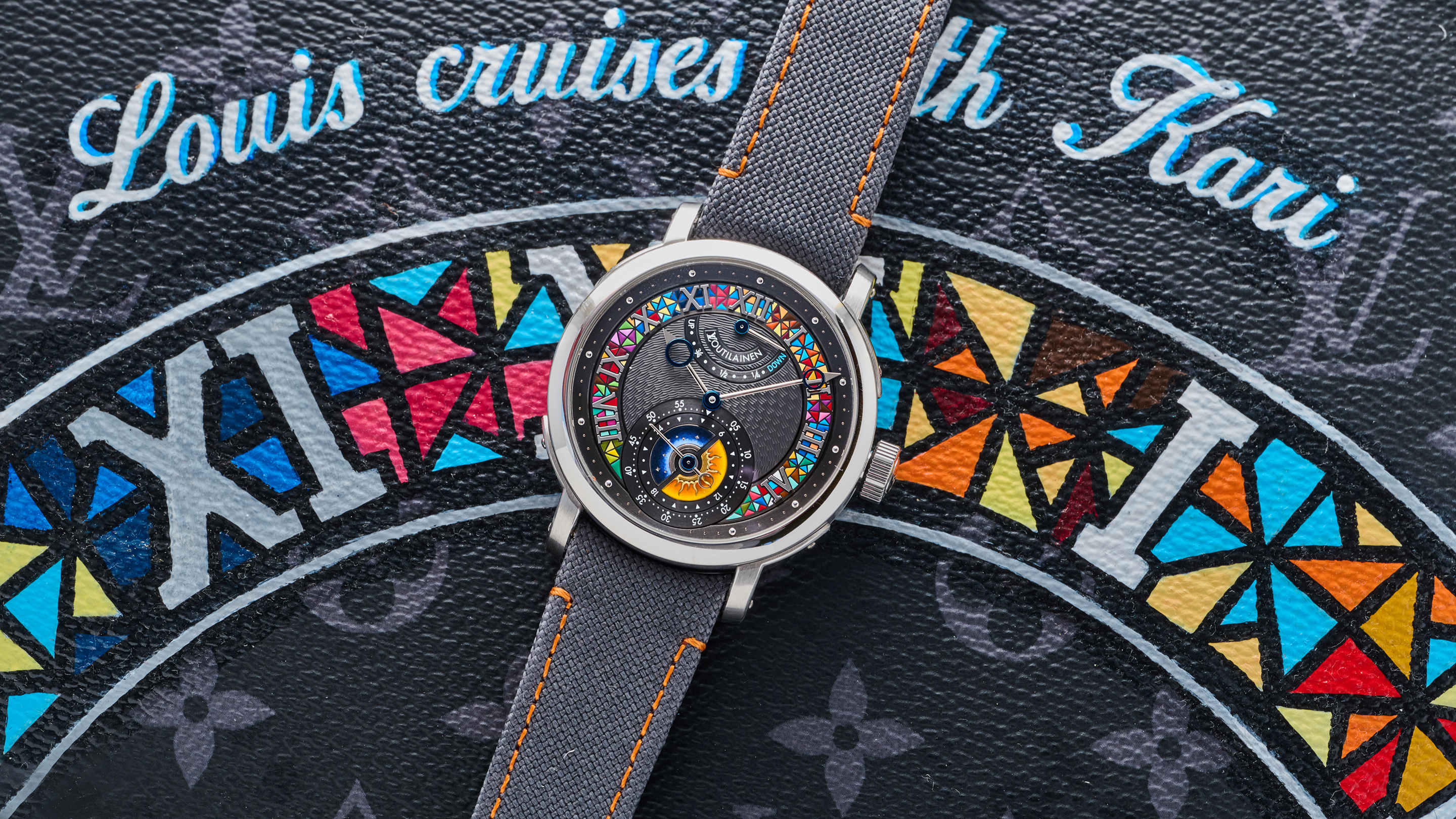

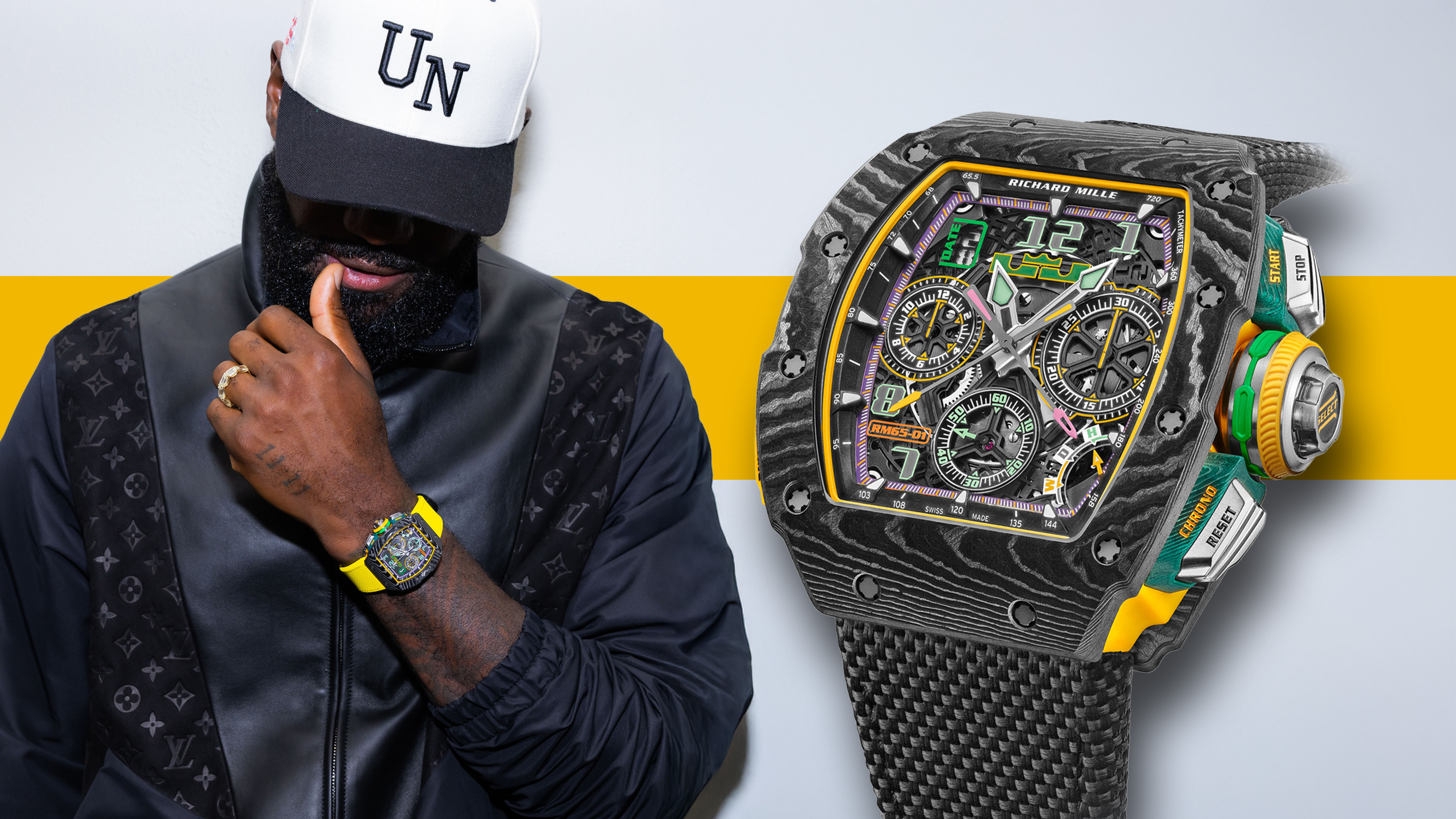
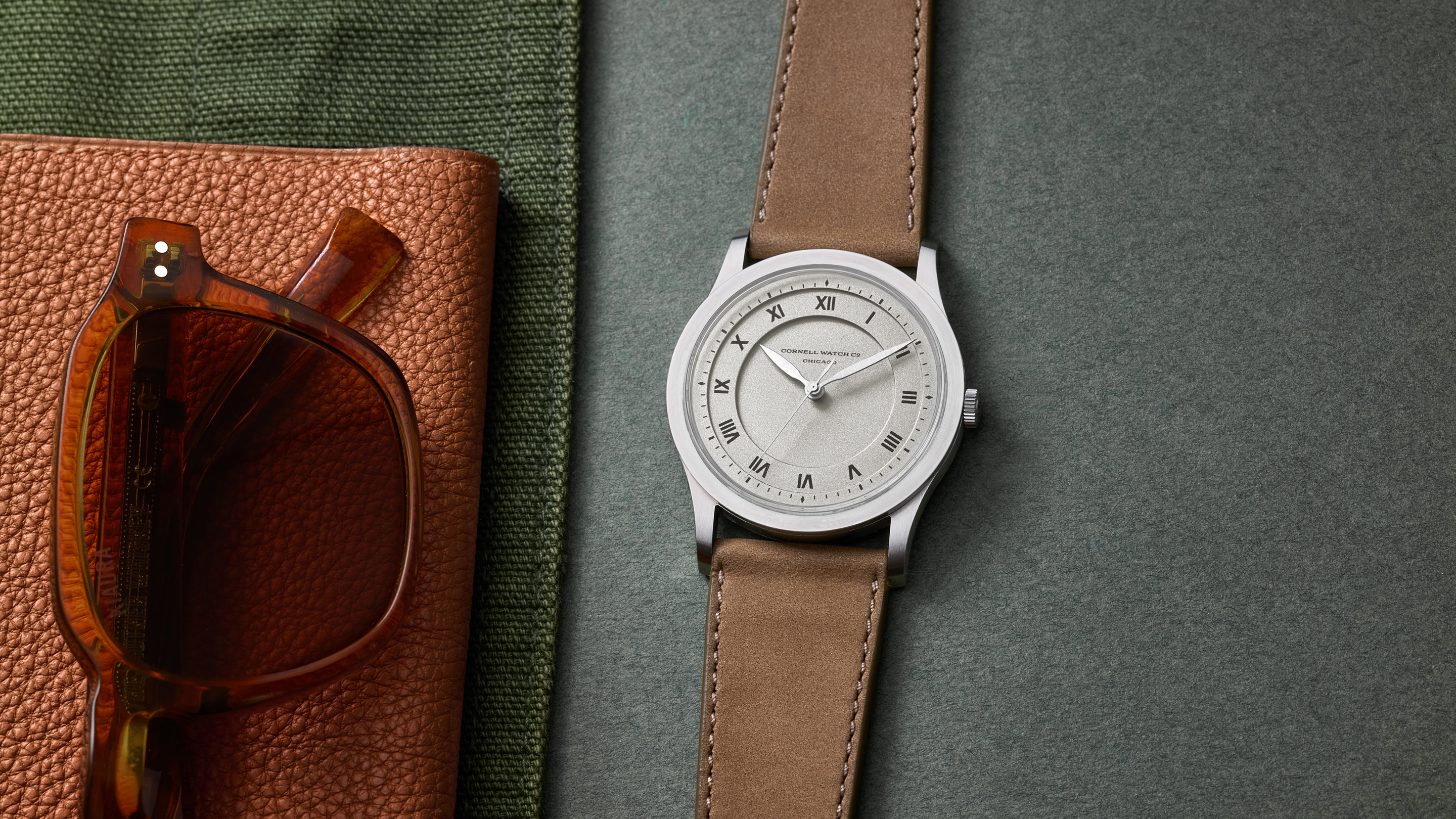

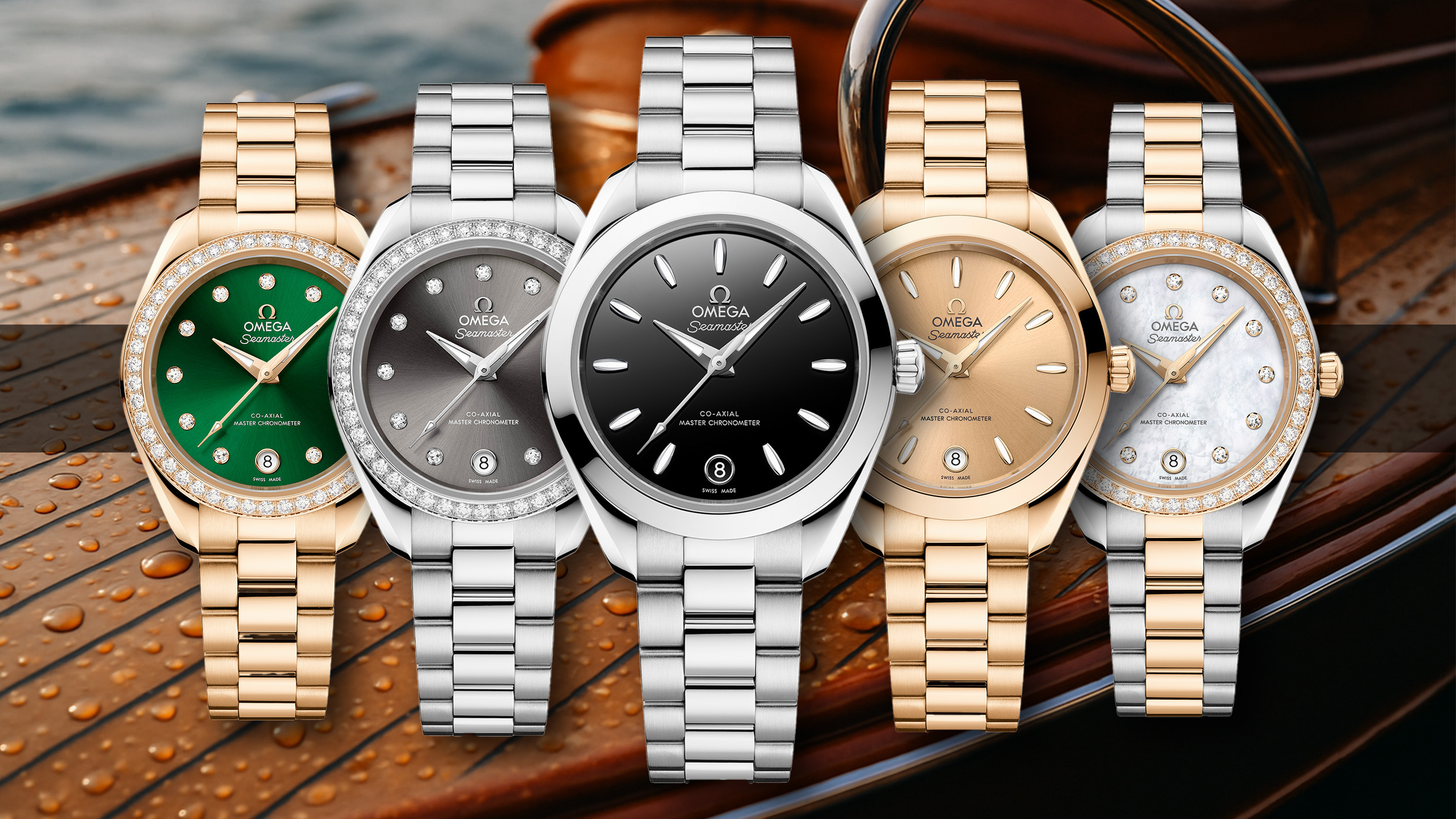
Top Discussions
Introducing Tudor Pelagos FXD Chrono "Yellow" Including Live Pics
Introducing Panerai's New Luminor Chrono Flyback Luna Rossa And Luminor Luna Rossa
Introducing Hamilton's New Khaki Field Mechanical Might Be A Perfect Push For A Trip To Switzerland